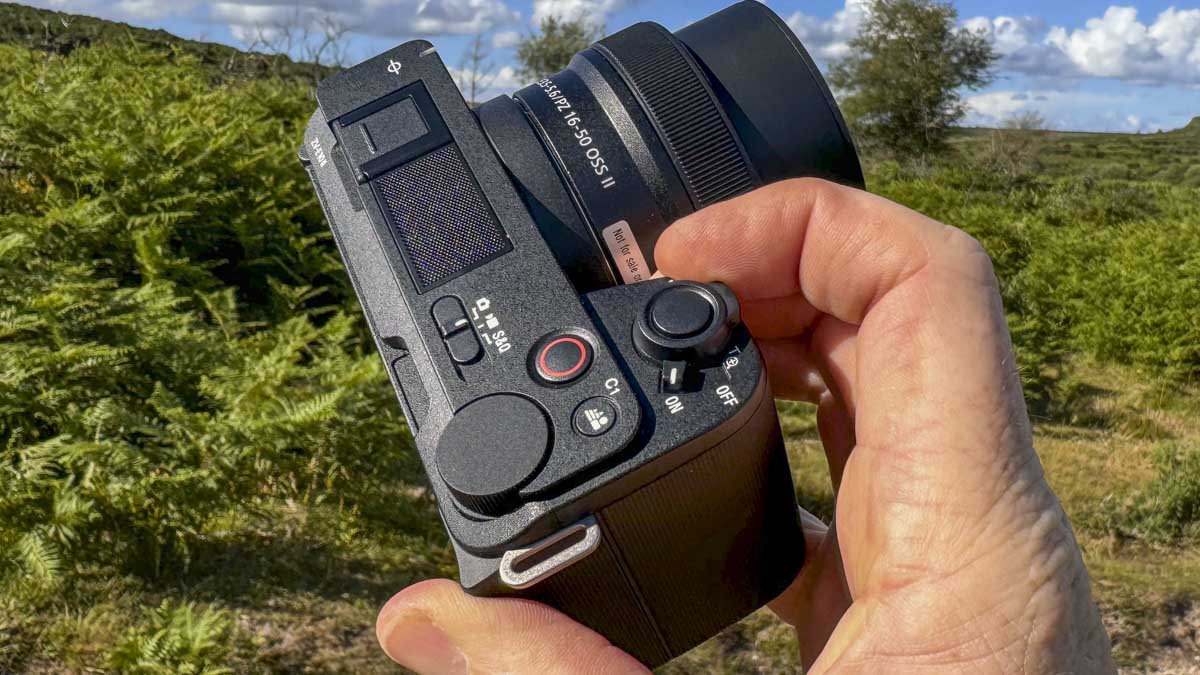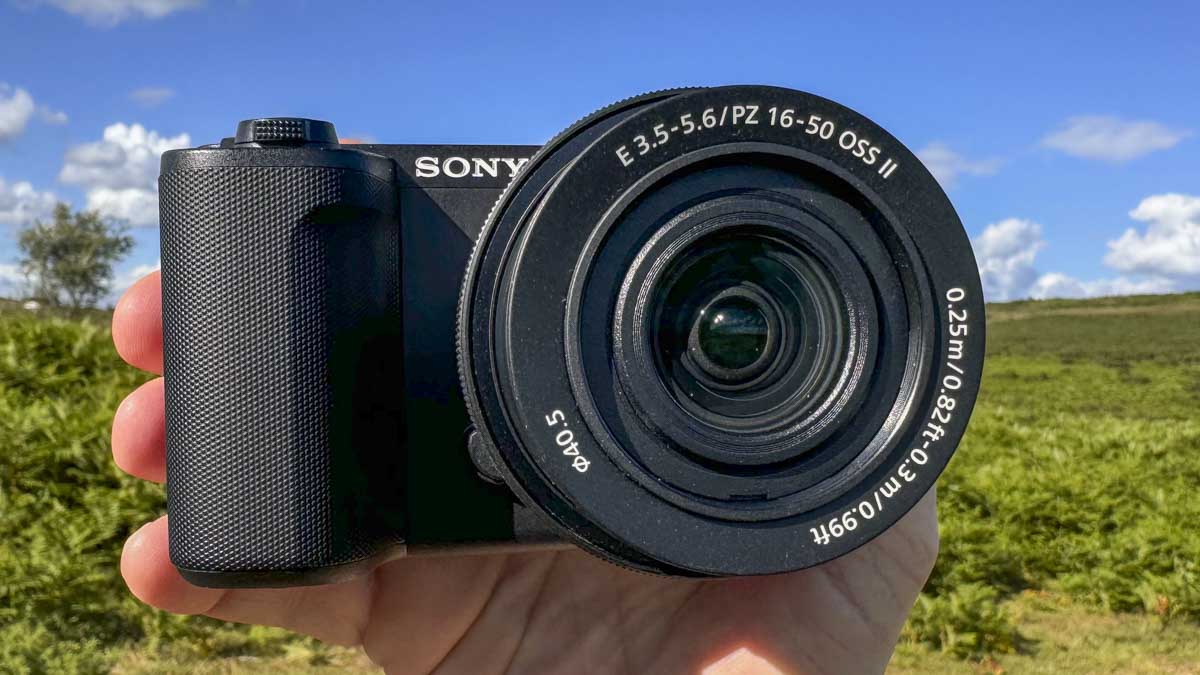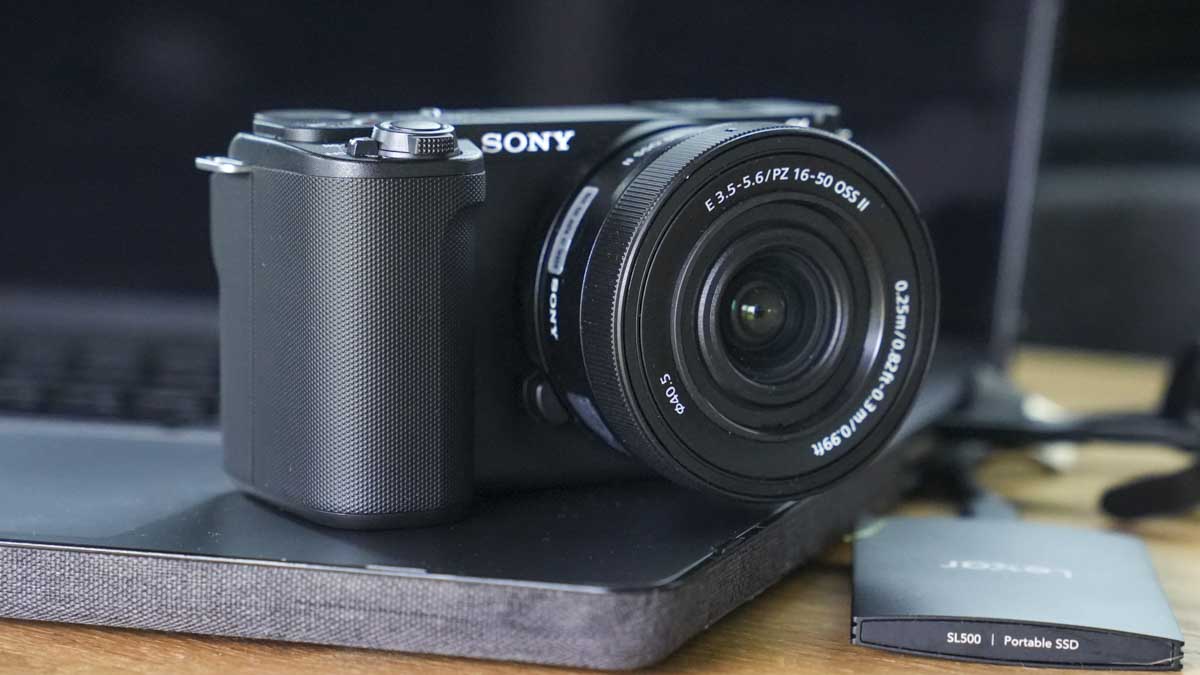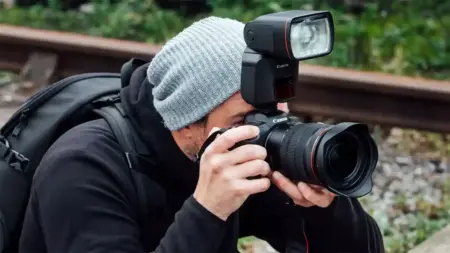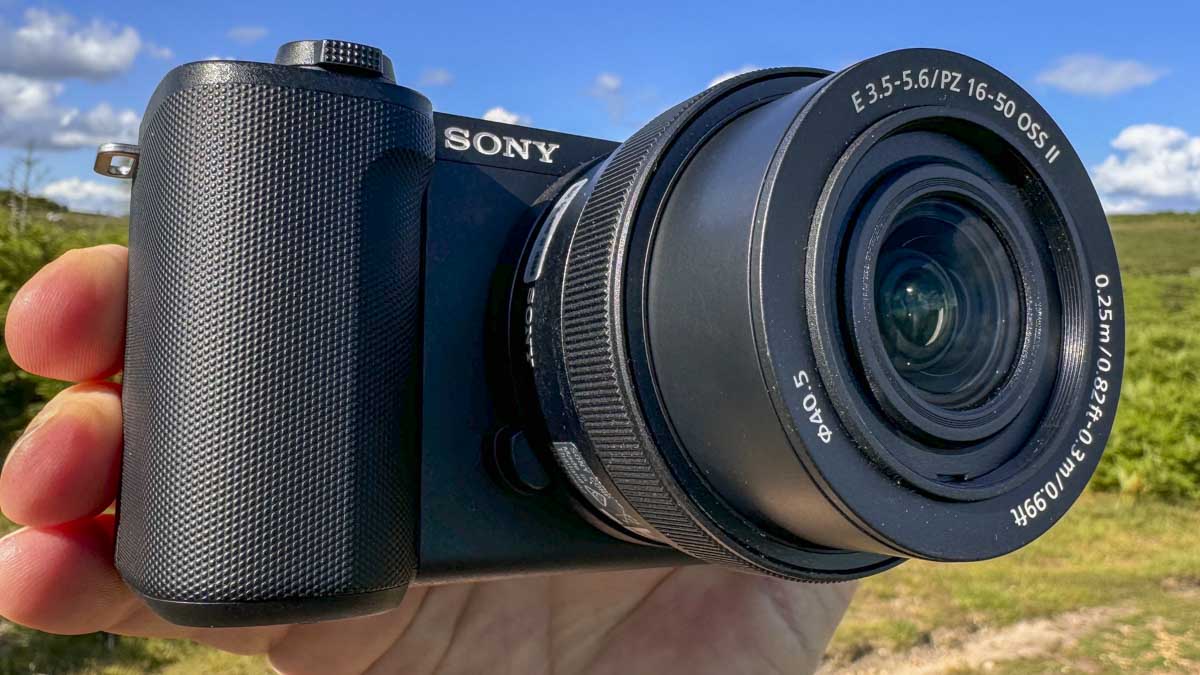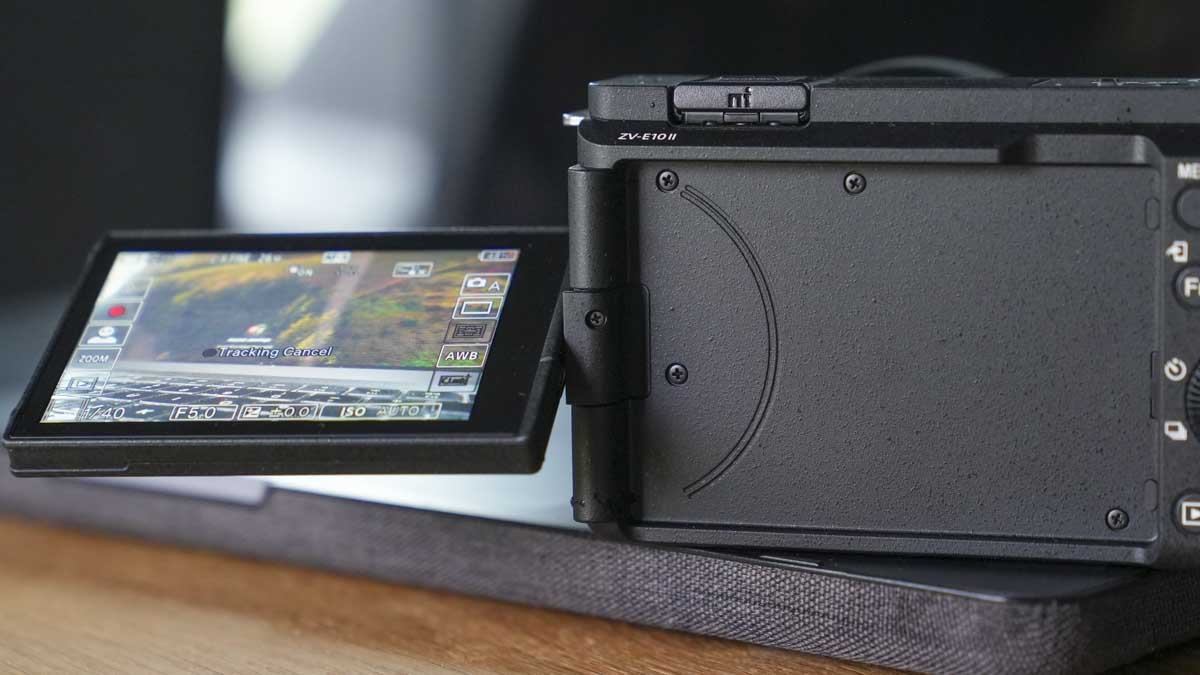The ZV-E10 II is an exciting piece of kit. Considering its price and small size, the quality of the video it can capture is absolutely outstanding, and the images aren’t bad either. From the outset, you can tell that this small camera is far from entry-level. The price is a bit of a giveaway, but really, this is for content creators, students, and filmmaking enthusiasts.
For a camera that is so small, there’s plenty to get excited about all the Cine and Log modes, the fully articulated screen, the kit lens (which is a bit of a surprise as to how good it actually is), the creative effects, and AF are all outstanding and worthy updates and upgrades to the ZV-E10. However, there are plenty of small additions to the ZV-E1 that differentiate the two. Well, actually, the ZV-E1 is full frame, and to be honest, that and the stabilisation options are about it.
Getting straight into a quick test of the camera, the boxy design feels fine, with the large grip enabling a decent enough purchase on the camera. It all feels just fine, as a small stills camera should, but as you start to use the camera, you start to feel that the design needs something a little more. Really, this is where rigs, etc., come in, but here we want something nice and lightweight for vlogging, which this camera instantly reveals it does, just not that comfortably. Mounting a Mantis on the base instantly makes handling it a bit easier. Although for vertical video, I would have liked to see a 1/4″ thread on the side, thankfully, the large grip makes it easy enough to handle.
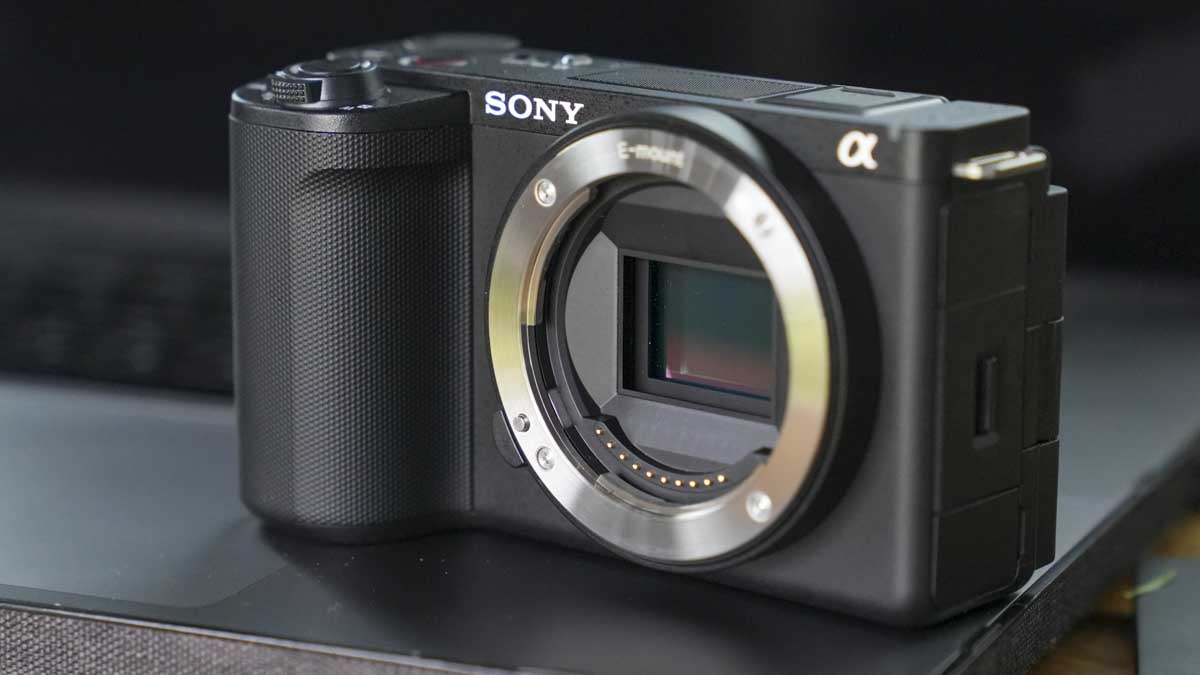
With the 16-50mm OSS II lens fitted, the camera feels complete, and the lens, although small and kit-like, works extremely well. I was also impressed with the image quality when reviewing the images. With an aperture range of f/3.5-5.6, there’s plenty of flexibility, although, like all kit lenses, if you want to blur out the background, you’re going to have to work with the camera in order to get it!
Another nice touch on the motorised zoom kit lens is the very neat zoom button around the shutter button, which enables you to zoom in and out at will. The lens also has a zoom slider on the side, which works equally well. A nice feature for the zoom is that you can adjust the speed in six steps, with 1 being slow and 6 being fast; 3 is the default.
A quick dive into the extensive menu system starts to highlight exactly what this camera is—far more than it looks. Most users who have spent some time with Sony’s menu systems will be able to unpick familiar sections and options. However, as I’ve found in workshops, the extensive menu systems of many manufacturers absolutely baffle anyone new to photography. However, for the majority of users getting started, and for the audience this camera is intended for, delving into the touchscreen menus shouldn’t prove too much of an issue.
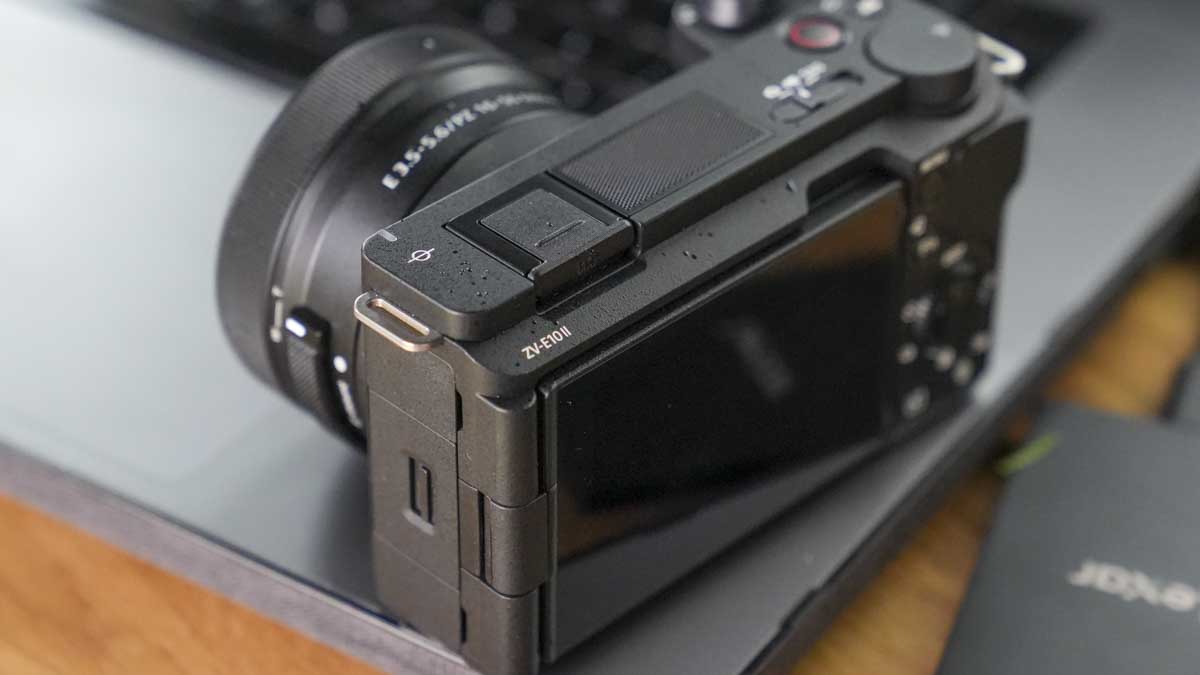
Throughout the test, I flipped between the various recording modes, setting the File Format to XAVC S 4K and then using the OSD to select CineVlog and then selecting the profile I wanted. Then, to switch to the new Creative Looks, you need to switch out of the Picture Profile mode required to use the Exposure/Color > Color Tone options to switch off Picture Profile and switch on Creative Look, at which point you can access all the new looks through the main OSD once set. This is for stills as well as video. Again, in the video, you need to switch off the Log mode shooting in order to apply the Creative Looks.
Using the camera out and about, the small size made it easy to carry and manoeuvre around to get both the stills and video that I wanted. In both cases, during filming, I felt quite confident that the camera was capturing what I wanted. For the most part, the AF tracked extremely well using the kit lens and found focus well, especially when selecting a face, animal, etc.
Back in the studio, it was time to flick through the images to see what I had captured and whether the quality of the images was actually any good. The first thing to note is the high rate of successful shots with the AF system really keeping up with the rate of images that I was taking. Then there was the dynamic range, which, considering the first day I was out with the camera, was extremely bright; the camera, although contrasty, had managed to retain a good amount of shadow and highlight detail. Looking over the images, I see that the quality of the pictures and video is excellent and of a quality that will be high enough to suit most.
